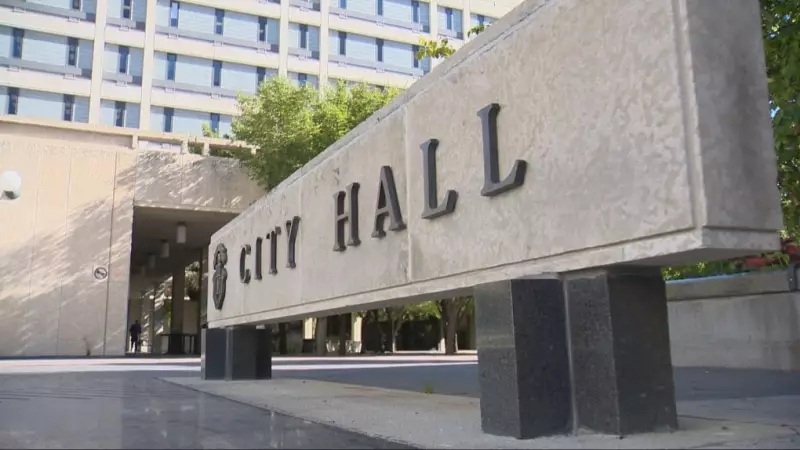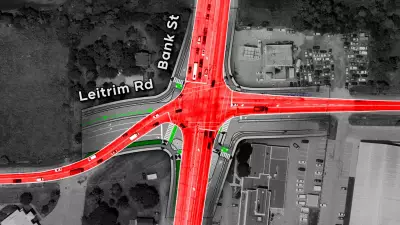
The City of Winnipeg has unveiled its proposed 2026 budget, featuring significant investments in public safety alongside property tax adjustments that will affect homeowners across the municipality.
Key Budget Proposals
At the heart of the financial plan is a commitment to enhance Winnipeg's emergency response capabilities. The budget calls for boosting the firefighter complement, addressing long-standing concerns about resource allocation within the fire paramedic service. This expansion represents one of the most substantial public safety investments in recent years.
To fund these and other municipal services, the city is proposing an increase in property taxes. While specific percentage increases haven't been detailed in the initial announcement, the move signals the city's approach to balancing service enhancements with revenue generation.
Budget Development and Timeline
The budget proposal was formally presented on November 14, 2025, marking the beginning of what promises to be extensive public and council scrutiny. The document outlines spending priorities for the fiscal year beginning January 2026, with final approval expected after thorough deliberation by city councilors.
This budget represents the first major financial plan following recent municipal elections, setting the tone for the current administration's approach to urban management and service delivery.
Broader Implications for Winnipeg Residents
The proposed changes reflect the ongoing challenge Canadian municipalities face in maintaining essential services while managing taxpayer burden. The firefighter expansion responds to growing calls for enhanced emergency response capabilities, particularly as Winnipeg's population continues to expand and age.
Property owners will need to weigh the benefits of improved services against the financial impact of higher taxes. The budget proposal now enters a period of public consultation where residents can provide feedback before council makes final decisions.
City officials emphasize that the budget aims to strike a balance between immediate service needs and long-term fiscal sustainability, though some taxpayers may question the timing of increases amid broader economic pressures affecting Canadian households.





